Copper is one of the important metals in the production of the national economy and is widely used in electronics, machinery, light industry and other fields. With the reduction of copper sulfide ore reserves, the development and utilization of copper oxide ore has attracted more and more attention. There are many kinds of copper oxide ores, the ore particles are fine and unevenly embedded, and they are highly hydrophilic. At present, malachite, cuprite, azurite and other copper oxide ores with good floatability are the main ones, and flotation is used as The main selection method. In the flotation process of copper oxide ore, the type and system of flotation agents have a great influence on the flotation effect. The flotation of copper oxide includes direct flotation and sulfide flotation. In this article, we will discuss the main flotation reagents for copper oxide to help you handle copper oxide flotation.

Use the table of contents below to navigate through the guide:
01Copper oxide flotation collector
In direct flotation, the choice of collector has a direct impact on copper oxide flotation. Copper oxide collectors can be roughly divided into fatty acids, amines, and chelating agents.
1. Fatty acid collector
Fatty acid collectors are mainly fatty acids and their soaps, which are mainly suitable for copper-bearing minerals dominated by malachite and copper oxide ores with silicates as the main gangue minerals. In industrial production, C10~C20 saturated and unsaturated mixed fatty acids are mainly used. Under the inhibition of phosphate and water glass, copper oxide minerals are flotation, which has a long history in industrial applications.

2. Amine collectors
Amine collectors are mainly organic amine agents, which have the characteristics of strong collection capacity and fast flotation speed, and are suitable for copper oxide minerals such as malachite and azurite. Common organic amine collectors include cocoamine, laurylamine, etc. Amine collectors can not only collect copper oxide minerals, but also have a certain ability to collect gangue minerals in copper oxide ore. Therefore, in order to ensure flotation selectivity, it is also necessary to select effective gangue inhibitors when using amine collectors, such as sodium alginate, polyacrylic acid, cellulose lignosulfonate, lignosulfonate, etc.
3. Chelating agent collector
The chelating agent collector has the characteristics of strong collection capacity and good selectivity, and can be used to separate copper oxide ores that are difficult to handle such as chrysocolla. Common chelating collectors include imidazole, hydroxamic acid, etc., which may need to be used with neutral oil for flotation. Chelating collectors can combine with metal ions on the surface of copper oxide to form hydrophobic chelates. Under the action of the hydrocarbon chain neutral oil, the hydrophobic performance is further improved, which can greatly improve the selection index, and at the same time, the dosage of the agent can be controlled.
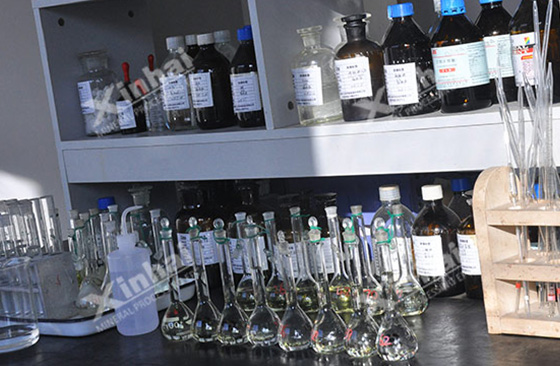
02Copper oxide flotation activator
In the copper oxide sulfide flotation method, the activation effect of copper oxide is very important in the whole flotation process. This process increases the hydrophobicity of copper oxide minerals and can greatly improve the flotation effect of copper oxide minerals. At present, the main copper oxide ore activators include sulfides, amine salts, and cyclic organic compounds.
1. Sulfide activator
Sulfide activators mainly include sodium sulfide, sodium hydrosulfide, calcium sulfide, etc. Among them, sodium sulfide is widely used. In the copper oxide flotation process, the amount of sodium sulfide is the key factor. Excessive sodium sulfide will inhibit copper oxide. , Therefore, the amount of sodium sulfide is often controlled by adding in stages. In addition, when dealing with refractory copper oxide ore, the activation effect of sodium sulfide is relatively limited, and other activators need to be used together.
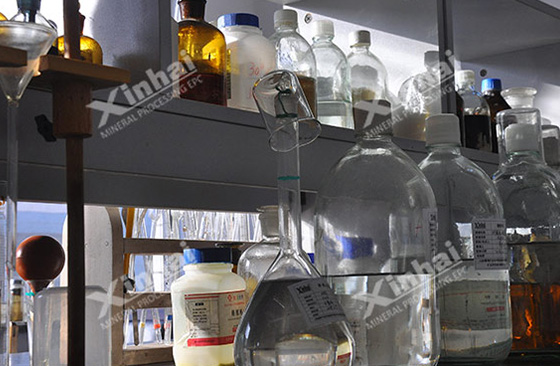
2. Amine salt activator
Amine salt activators mainly include ethylenediamine phosphate, triethanolamine, ammonium sulfate, ammonium chloride, etc., which are widely used in industry. Enhanced adsorption by dissolving the surface of copper oxide can effectively reduce the inhibitory effect of excess sodium sulfide on copper oxide minerals and improve the recovery rate of copper minerals.
3. Cyclic organic compound activator
These activators are mainly cyclic organic compounds containing nitrogen, oxygen, and sulfur, including D2, D3, 8-hydroxyquinoline and other copper-friendly chelating agents, which can be used together with sodium sulfide to improve the recovery index of copper minerals. improve.

The above is the content of the main flotation reagents for copper minerals. In actual production, the flotation agent of copper oxide ore is a complicated subject. Xinhai Mining suggested that before formulating the chemical system, it should first conduct a beneficiation test on the copper oxide ore samples, and scientifically and rationally formulate an appropriate chemical system according to the test report, so as to achieve the ideal beneficiation index.

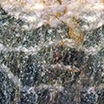
 marketing@ytxinhai.com
marketing@ytxinhai.com  0086 13810327080
0086 13810327080 





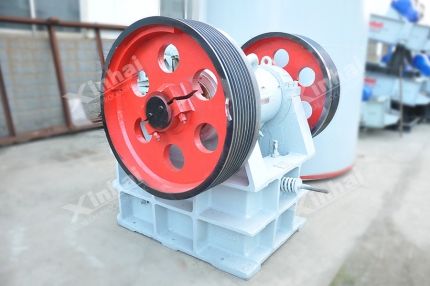

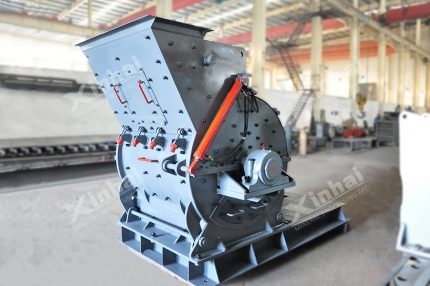

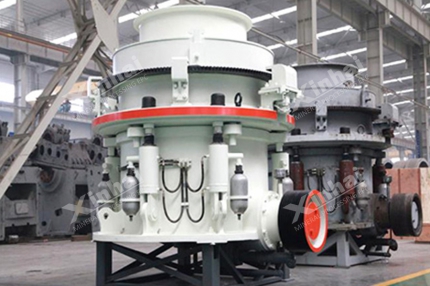




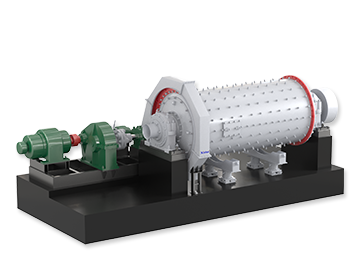
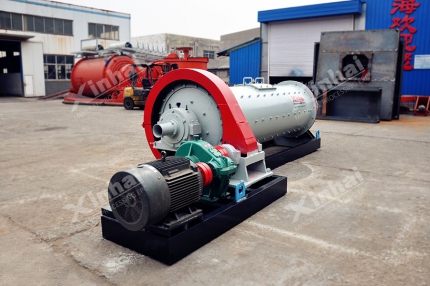







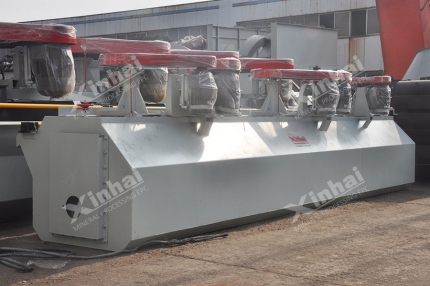
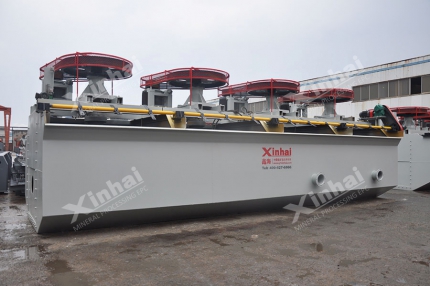
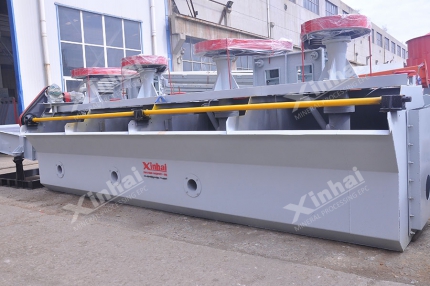

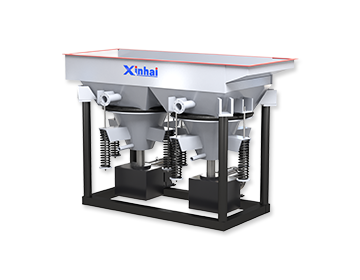
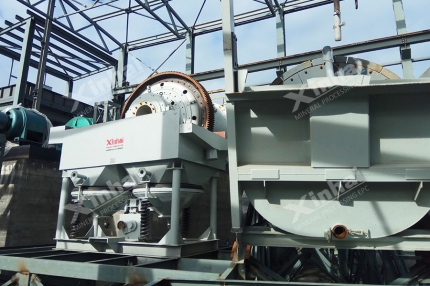
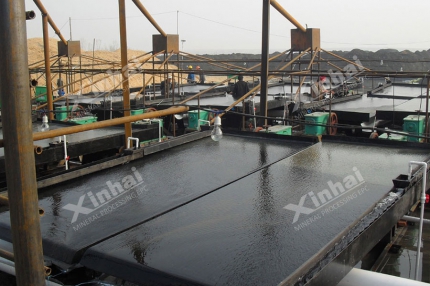


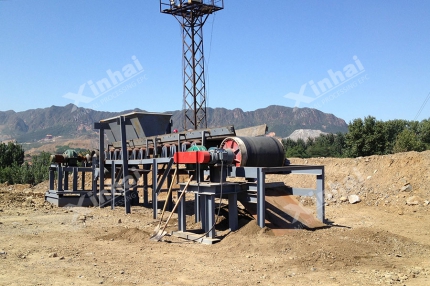











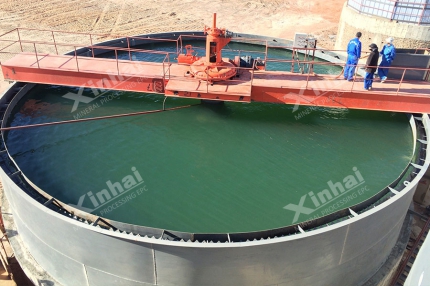











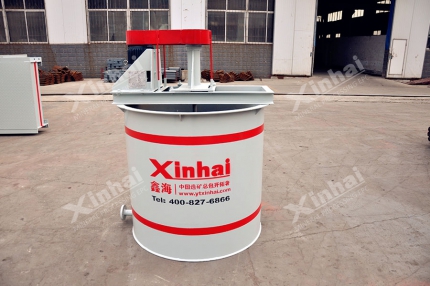






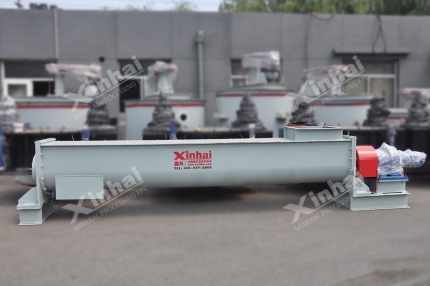



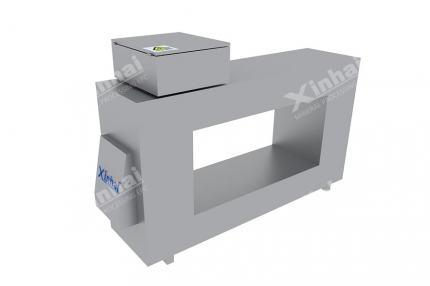
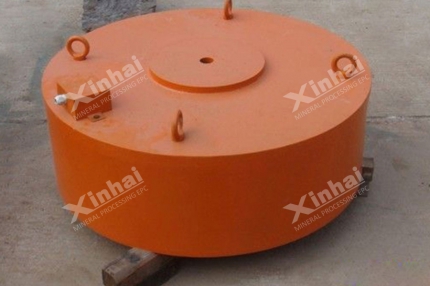


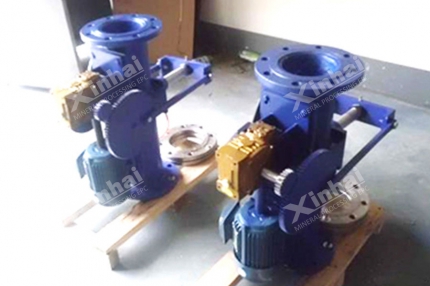
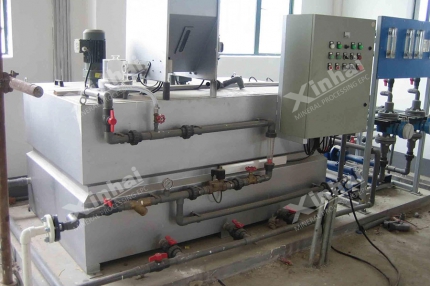


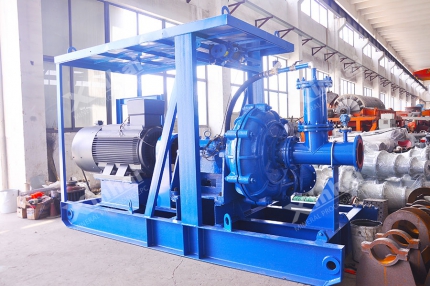
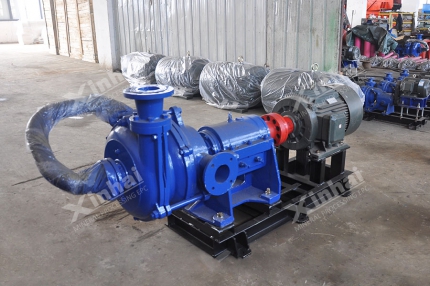


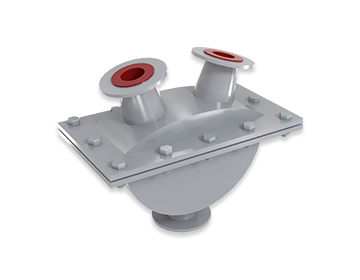
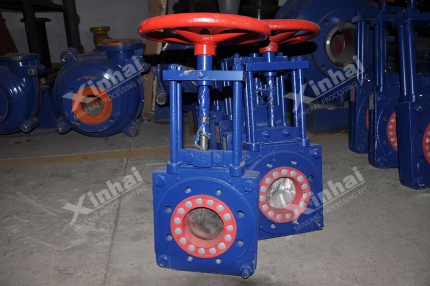












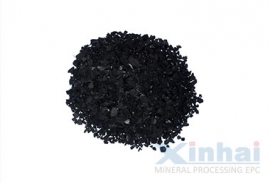
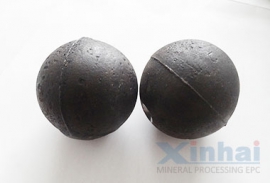



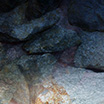



 CHAT
CHAT MESSAGE
MESSAGE







